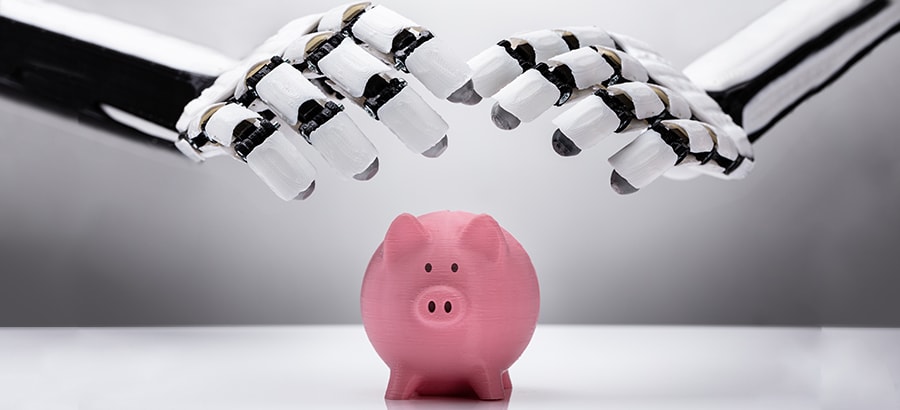As I noted in Part 1 of this blog, financial workers have always been at the forefront of data collection, structure and management. That doesn’t mean, however, that our careers are impervious to obsolescence. Industry 4.0 is a technological revolution, and this is no time to rest on our pre-transformation laurels. Everyone in the finance ecosystem needs to be on top of incoming technologies, and understand, as best as one can, their long-term implications.
Modern CFOs, for example, need to become conversant in the competitive advantages of Industry 4.0, so they can evaluate and drive the implementation of technologies that create competitive advantages, efficiencies, and ROI. And since Industry 4.0 technologies rely on integration, the CFO must learn to integrate as well, becoming one (as a Buddhist might say) with the ‘manufactory’, the supply chain, and even the socio/geo/political world beyond.
Without a thorough understanding of the power and limitations of Industry 4.0 technologies – including those that are social in nature – it will be difficult to assess the opportunities and risks of digital transformation.
The Power of AI
To my mind, one of the most exciting opportunities coming from Industry 4.0 is artificial intelligence (AI). AI gives business systems the ability to interpret and learn from data and to autonomously execute specific tasks. AI’s ability to use data is like nothing the world has ever seen before, and within the integrated context of a manufacturing operations management (MOM) environment, AI is enormously powerful.
For finance, AI provides an unfolding cornucopia of benefits. Imagine owning a crystal ball that could not only predict the future, but calculate optimal reactions to future situations.
Using historical data and information from IoT sensors, for example, artificial intelligence can predict equipment failure and rapidly calculate the most cost-effective time for repairs: stop for maintenance immediately; wait till shift change; wait till some other line stoppage occurs; or simply wait for the equipment in question to fail. Each course of action involves risks and costs (such as lost production, parts and labor, quality issues and late deliveries). AI can interact with MOM to calculate the risks and assess the relative financial implications of each maintenance scenario.
Anomaly Detection to Tackle Fraud
Financial institutions are increasingly applying AI to anomaly detection, which includes ferreting out fraudulent activities. Fraud is an unfortunate reality that costs Australian business and government $5.8 billion a year. A report from the Association of Certified Fraud Examiners (ACFE) puts the median loss for American manufacturers at US$194,000 – a significant amount of money, especially for a small- to medium-sized company. By instructing AI to listen to machine activity, it can pick up and report anomalous behavior. The anomalies captured could simply be incorrect keystrokes, but they could also be evidence of illegal activities. Either way, catching anomalous activity can provide concrete benefits to the organization.
The potential uses for AI in manufacturing finance extend far beyond my ability to predict. Here, however, are a few more uses that I believe will soon become a standard operating procedure for many businesses.
Chatbots are no Longer Science Fiction
AI-backed chatbots are already a reality. By reviewing the purchasing history of customers, AI can generate sales by suggesting items that the customer may be interested in, or has ordered before.
AI can also be helpful in calculating the default likelihood for credit applicants. Rather than basing loans on rules of thumb and experientially-based risk ratings, AI can perform regression analysis, examining the relationships between default risk and an array of variables that may have impacts on default behavior.
Last but certainly not least, AI promises to become an enormously helpful tool for working capital management, allowing accountants and business managers to strike the perfect balance between short-term assets and short-term liabilities. AI can monitor expenditures and upcoming debts, and help to lower production costs and maintain sales revenue, thus providing more cash for working capital management.
If space allowed, this blog could go on for pages, discussing the benefits of AI in costing analysis, inventory management, supplier management, and all manner of finance-related issues within the manufacturing environment. As we progress further into Industry 4.0, accountants, CFOs, analysts, and all manner of finance workers will increasingly become familiar, and even dependent, on the augmentation of their abilities through the amazing abilities of artificial intelligence.







